Emergence of 5G Technology
The Fiber Optic Attenuator Market is significantly impacted by the emergence of 5G technology, which demands high-performance fiber optic solutions. The rollout of 5G networks requires extensive fiber optic infrastructure to support the increased data rates and lower latency. Fiber optic attenuators are essential in managing signal strength and ensuring optimal performance in these advanced networks. As telecommunications companies invest in 5G deployment, the demand for fiber optic components, including attenuators, is expected to rise sharply. Analysts predict that the 5G market will reach a valuation of over 700 billion by 2028, indicating a substantial opportunity for growth within the fiber optic attenuator market.
Rising Awareness of Fiber Optics
The Fiber Optic Attenuator Market is benefiting from a rising awareness of the advantages of fiber optic technology over traditional copper solutions. As industries recognize the superior bandwidth, speed, and reliability offered by fiber optics, there is a growing inclination to adopt these technologies. Educational initiatives and industry conferences are playing a pivotal role in disseminating information about fiber optics, leading to increased adoption rates. Furthermore, the telecommunications sector is witnessing a shift towards fiber-based infrastructure, which is expected to drive the demand for fiber optic attenuators. Market analysts suggest that this trend could result in a 15% increase in the adoption of fiber optic solutions in the next few years.
Growing Demand for FTTH Solutions
The Fiber Optic Attenuator Market is significantly influenced by the growing demand for Fiber to the Home (FTTH) solutions. As internet service providers expand their offerings to meet consumer needs for high-speed internet, the requirement for effective signal management becomes paramount. Fiber optic attenuators play a crucial role in ensuring optimal signal strength and quality in FTTH deployments. Recent data indicates that the FTTH market is expected to reach a valuation of over 100 billion by 2026, highlighting the increasing reliance on fiber optics for residential connectivity. This trend is likely to propel the demand for fiber optic attenuators, as they are essential components in maintaining the integrity of fiber optic networks.
Expansion of Telecommunications Infrastructure
The Fiber Optic Attenuator Market is poised for growth due to the ongoing expansion of telecommunications infrastructure. Governments and private entities are investing heavily in upgrading existing networks to accommodate the increasing data traffic generated by digital services. This expansion necessitates the use of fiber optic technology, which requires effective signal management solutions such as attenuators. Recent reports indicate that investments in telecommunications infrastructure are projected to exceed 200 billion by 2027, creating a robust demand for fiber optic components. As new networks are deployed and existing ones are upgraded, the need for reliable fiber optic attenuators will likely increase, further driving market growth.
Technological Advancements in Fiber Optic Attenuator Market
The Fiber Optic Attenuator Market is experiencing a surge in technological advancements that enhance performance and efficiency. Innovations in materials and manufacturing processes are leading to the development of more precise and reliable attenuators. For instance, the introduction of advanced fiber materials allows for lower insertion loss and improved durability. Additionally, the integration of smart technologies, such as automated testing and monitoring systems, is becoming increasingly prevalent. These advancements not only improve the quality of fiber optic networks but also reduce operational costs. As a result, the market is projected to grow at a compound annual growth rate (CAGR) of approximately 8% over the next five years, driven by the need for high-performance communication systems.

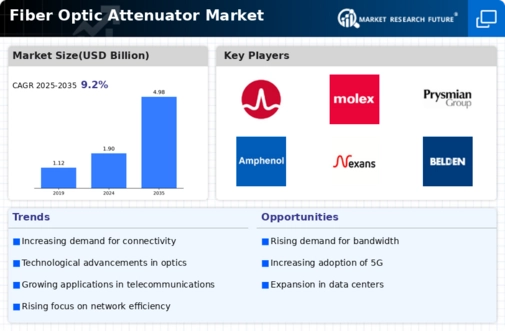
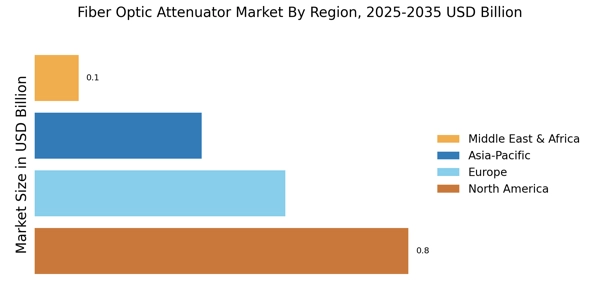

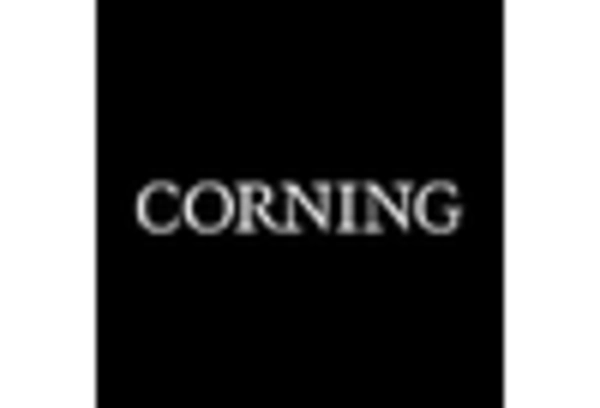
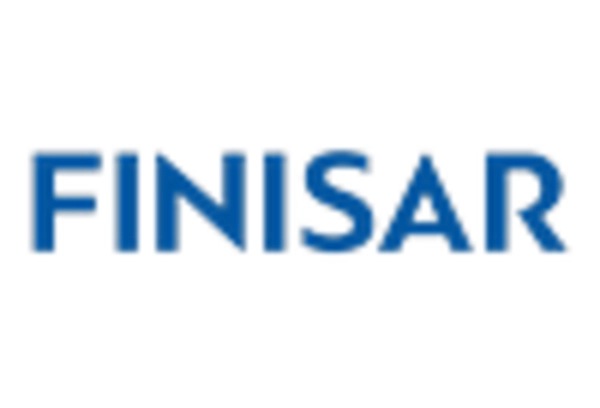

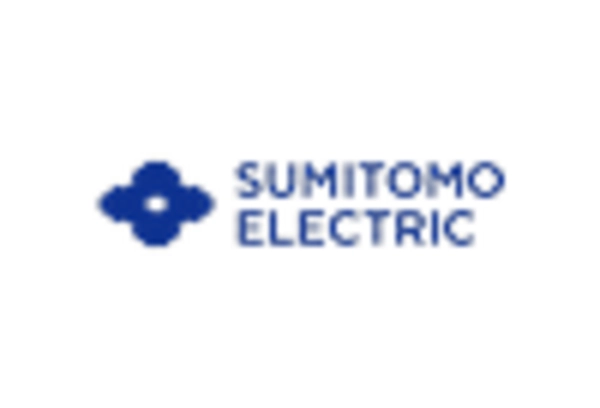
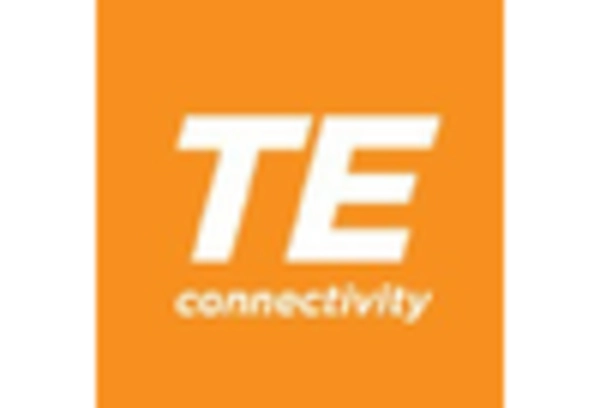








Leave a Comment